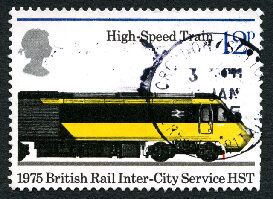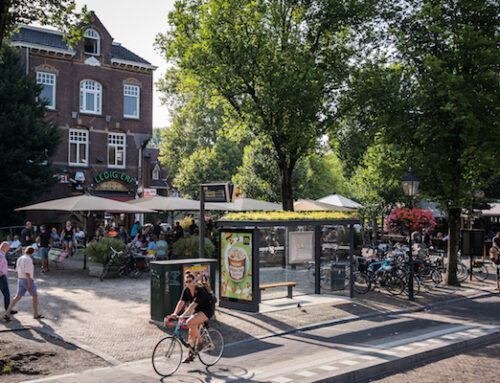By Mark Howitt
Travelling to Edinburgh from London this summer? You can fly between the two capital cities, but that’s so last century. No, there’s only one way to do the journey and that’s to take the train from London to Edinburgh.
Unlike flying, you don’t have to sweat it out waiting to get through security at the airport. And the final part of the LNER Edinburgh London train journey – north of Durham – has been voted one of the most beautiful in the world. Before then also, there’s loads to see. So, for four and a half hours, sit down, relax and drink in the some of the spectacular sights of Britain’s East Coast Main Line.
[Top tip: when you’re buying your ticket, take a look at the LNER seating plan and select a seat on the right-hand side of the carriage.]
A few minutes after leaving Kings Cross you’ll become aware of huge murals of football players linking arms. This is the Emirates Stadium, since 2006 home to Arsenal Football Club. In the 1930s there was a vogue for railway locomotives to be named after football clubs. Arsenal had the honour of being the first. There’s Pathé News footage from 1936 of the club’s chairman Lord Lonsdale, unveiling the “Arsenal” nameplate on the engine of a steam locomotive at Kings Cross. The nameplate still exists and has pride of place in the marble entrance hall of Arsenal’s old stadium Highbury, now converted to apartments.
Out of London
Soon out of London and through the lush countryside of Hertfordshire, your first stop is likely to be Peterborough. From the train you’ll be able to see the spires of the Peterborough Cathedral. There’s been a monastery on this site since 655AD but this building dates from 12th century. It’s one of the finest examples of Early English Gothic architecture. Following her execution in 1587, Mary Queen of Scots was buried here, although exhumed 25 years later by her son James I and laid to rest in Westminster Abbey.
An hour and a quarter later and the train will be drawing into York, the spiritual home of trainspotting. No, not the Irvine Welsh novel but the pastime of ferroequinologists, those who gather to spot and record details of trains. It’s likely that the trainspotters you’ll see on the platforms at York will be men. But the first known trainspotter was in fact a girl, 14 year old Fanny Gordon who started the trend at Westbourne Park station, London in 1861.
As the train pulls out of York keep an eye out for the National Railway Museum. Among the many fascinating exhibits is the forerunner of the current London Edinburgh high speed train: a ‘flying banana’. This was the name given to the first production InterCity 125 which, in 1976 revived interest in rail travel.
With half the journey gone, now might be a good time for refreshment. A cup of tea – or even a dram of whisky – and some shortbread perhaps. And if you fancy a taste of Scotland when you’re back in London, then come on down to the Ceilidh Club – you can see our dates here.







